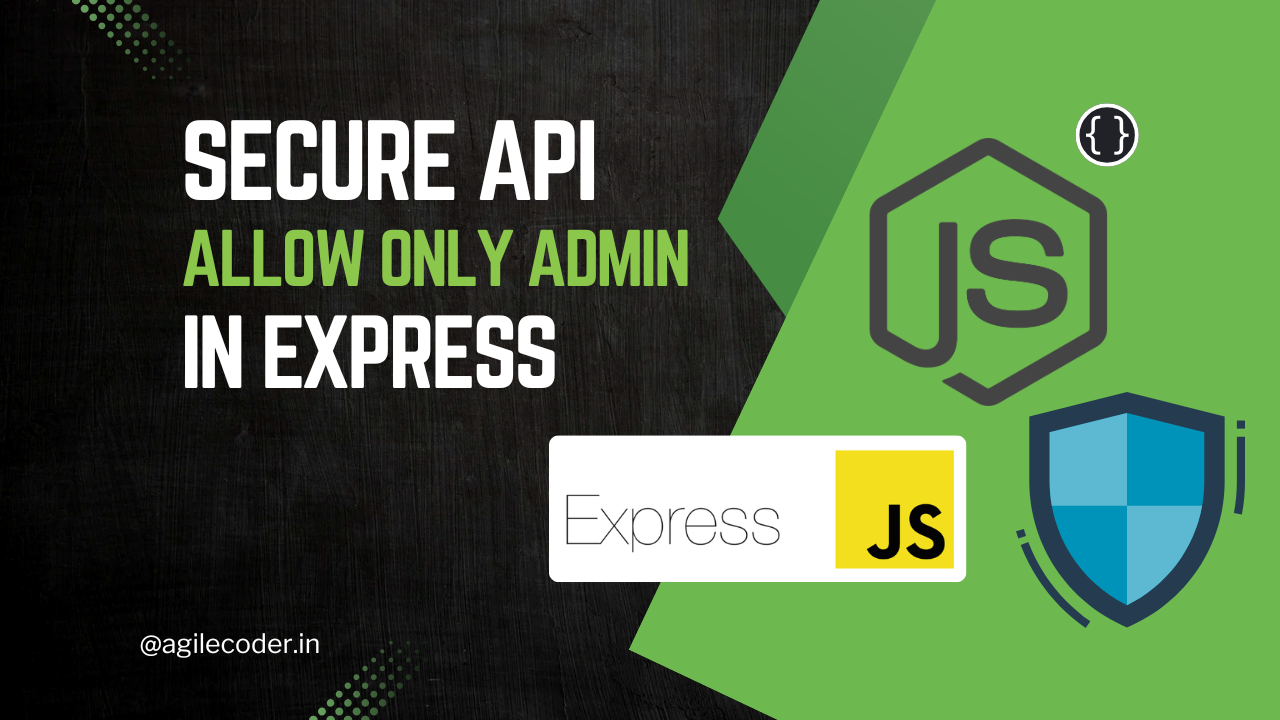Authentication vs. Authorisation: Types & Differences
Authentication confirms a user's identity, while authorization determines their access rights. Both are essential for web app security. Developers must choose the right methods like 2FA, RBAC, or OAuth to safeguard systems and data, ensuring legitimate access and preventing breaches.

As developers, building secure applications is a core responsibility, no matter the technology stack or programming language. Two critical security concepts that are often confused are authentication and authorization. Although they are closely related, each serves a distinct purpose in web application security.
- Authentication { AuthN } answers the question, "Who are you?"—the process of verifying the identity of a user or system.
- Authorization { AuthZ } answers the question, "What can you do?"—the process of granting permissions and controlling access to resources.
Understanding the difference between these concepts is essential for preventing unauthorized access, protecting sensitive data, and ensuring that only the right users can perform specific actions. This guide will walk you through the importance of these concepts, their types, and how they apply to modern web applications.
What is Authentication?
Authentication is the process of confirming a user’s identity. When a user attempts to access your system, they need to prove that they are who they claim to be. This is typically done by presenting credentials such as a username, password, or other identifiers.
For developers, implementing proper authentication ensures that only legitimate users can access the system. Whether you are developing a web application, mobile app, or API, authentication is usually the first step in the security chain.
Why Authentication is Crucial for Developers:
- It verifies the identity of users, ensuring they are legitimate before granting access to any sensitive parts of the application.
- Improper authentication can lead to data breaches, impersonation attacks, and unauthorized access.
Types of Authentication Methods
Developers have several options for implementing authentication, each with varying levels of security, complexity, and user experience. Below are some common authentication methods:
- Single-Factor Authentication (SFA)
In single-factor authentication, users are required to provide just one piece of evidence to prove their identity, typically a password or PIN. This method is widely used but also the least secure, as it relies solely on one factor that can easily be compromised through phishing, brute force attacks, or password leaks.- Usage: Basic login systems that rely on a username and password combination.
- Two-factor authentication (2FA)
Two-factor authentication adds an extra layer of security by requiring users to provide two types of evidence to confirm their identity. Usually, this involves something they know (a password) and something they have (a one-time code sent to their phone or generated by an app like Google Authenticator).- Usage: Web applications or platforms that require an additional layer of security, such as financial services or enterprise systems.
- Multi-Factor Authentication (MFA)
MFA goes beyond 2FA by incorporating multiple methods of verification. This can include biometrics (something you are like a fingerprint), in addition to a password and a one-time code. MFA provides the highest level of security but may introduce complexity for users.- Usage: Applications where maximum security is critical, like healthcare systems, high-level enterprise applications, or confidential data services.
- Biometric Authentication
This method uses unique biological characteristics such as fingerprints, facial recognition, or voice patterns to verify a user’s identity. Biometrics are difficult to fake, making them a secure form of authentication, though privacy concerns around data storage exist.- Usage: Mobile applications or high-security systems where ease of access and security are both priorities.
- Passwordless Authentication
Passwordless authentication eliminates the need for traditional passwords. Instead, users authenticate through methods like one-time links sent to their email, magic links, or biometric verification. This approach reduces the risks associated with password management while improving user experience.- Usage: Modern web apps looking to enhance security and reduce friction in the login process.
- Token-Based Authentication
This method involves generating a token (such as a JSON Web Token or JWT) after successful authentication. The token is passed with each request to authenticate the user for subsequent actions without having to re-enter credentials.- Usage: Commonly used in API-driven applications, especially in single-page apps (SPA) or mobile apps that require stateless authentication.
What is Authorization?
Authorization is the process of determining what an authenticated user is allowed to do within the system. Once a user’s identity is confirmed (through authentication), authorization defines their level of access to various resources or functionalities.
For example, in a multi-tier application, a regular user may have access only to their profile, while an administrator can access user management features. Authorization ensures that each user can only interact with parts of the system they are permitted to.
Why Authorization is Important for Developers:
- Ensures that users cannot access resources or perform actions they are not permitted to, reducing security vulnerabilities.
- Helps control and manage access across various user roles, permissions, and hierarchies, providing tailored experiences for different types of users.
Types of Authorization Methods
- Role-Based Access Control (RBAC)
Role-Based Access Control (RBAC) is one of the most common methods used for authorization. In RBAC, users are assigned roles, and each role has specific permissions. For example, a user might be assigned the role of "admin," "editor," or "viewer," and each of these roles defines what actions the user is allowed to perform.- Usage: Suitable for systems with predefined roles and permissions, such as enterprise software or content management systems.
- Attribute-Based Access Control (ABAC)
ABAC provides more granular control than RBAC by evaluating a combination of attributes related to the user, resource, or environment. Attributes can include user roles, time of day, location, and more. This allows for dynamic and context-sensitive authorization decisions.- Usage: Ideal for complex systems where access needs to be based on more than just user roles—such as cloud platforms or systems with varying access levels depending on the environment.
- Discretionary Access Control (DAC)
In DAC, resource owners (such as users or administrators) have control over who gets access to specific resources. Users can set their own permissions for their resources. This method is often used in file-sharing systems where users can explicitly grant access to specific files or folders.- Usage: Systems where individual users control their own data or resources, such as collaborative tools or file-sharing platforms.
- Mandatory Access Control (MAC)
MAC enforces strict control policies based on predefined security classifications. Access rights are assigned by a central authority, and users cannot change their own access permissions. This is commonly used in highly sensitive environments like government or military systems.- Usage: Highly secure systems that require strict, non-negotiable security policies.
- Open Authorization (OAuth)
OAuth is widely used for granting third-party applications access to a user’s resources without exposing their credentials. For example, when a user logs in to a new application using their Google or Facebook account, OAuth is typically the underlying mechanism.- Usage: Social login systems, integrations with third-party apps, and APIs that require delegated access.
- Policy-Based Access Control (PBAC)
PBAC relies on predefined policies to control access. These policies can take into account various attributes, roles, and conditions to enforce complex rules for who can access what and under which circumstances. Policies are usually created centrally and enforced uniformly across the system.- Usage: Systems with highly complex access needs, such as cloud infrastructure services or enterprise environments.
Understanding the difference between authentication and authorization is crucial for developers, as both play a critical role in securing web applications. While authentication verifies who a user is, authorization determines what they can do. Implementing strong authentication and authorization mechanisms is a fundamental part of safeguarding data, systems, and services from unauthorized access and security threats.
For developers, choosing the right methods of authentication (like 2FA, passwordless, or token-based) and authorization (RBAC, ABAC, or OAuth) depends on the specific needs of your application. Whether you're building an enterprise system, a mobile app, or a complex cloud solution, implementing these mechanisms thoughtfully will ensure that your application remains secure, scalable, and user-friendly.
That's it for today. I hope you find this article useful and informative. See ya 👋



 LinkedIn
LinkedIn



